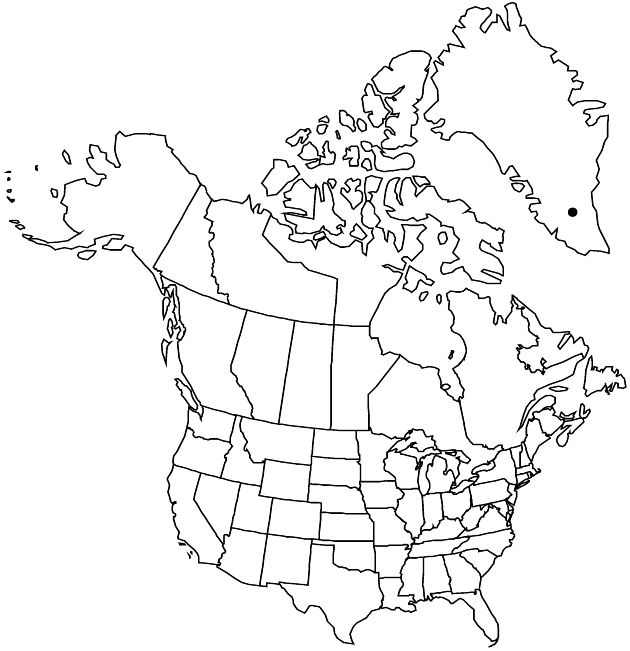Erigeron alpiniformis
Brittonia 6: 235. 1947.
Perennials 2–20 cm; rhizomatous, fibrous-rooted, rhizomes or caudices sometimes branched. Stems erect, moderately villoso-hirsute (hairs sometimes retrorse), eglandular. Leaves basal (persistent) and cauline; basal blades oblanceolate to spatulate or subspatulate, 20–50(–80) × 4–10 mm, margins entire, (apices rounded) faces moderately villoso-hirsute, eglandular; cauline broadly linear to narrowly lanceolate-oblong, gradually reduced distally. Heads 1(–2, very rarely –4). Involucres 6–8 × 12–20 mm. Phyllaries in 2–3 series (somewhat foliaceous, usually green, faces sometimes purplish throughout or at tips), villous (usually mostly on proximal 1/2, hairs rigid, usually oriented in single direction, cross walls sometimes colored), eglandular. Ray florets 100–200; corollas white to pink-purple, 4–6 mm, laminae erect (filiform, 0.3–1 mm wide), not coiling or reflexing. Disc corollas 3.7–4.7 mm. Cypselae 1.5 mm (immature), 2-nerved, faces sparsely strigose; pappi: outer of setae, inner of 20–30 (non-accrescent) bristles. 2n = 18.
Phenology: Flowering Jun–Aug.
Habitat: Rocky slopes and meadows
Elevation: ca. 1100–1800 m
Discussion
T. W. Böcher et al. (1968) identified this as Erigeron uniflorus in the strict sense and treated E. uniflorus var. eriocephalus as the distinct species E. eriocephalus. A. Cronquist (1947) viewed E. alpiniformis as distinct from both E. eriocephalus and E. borealis (Vierhapper) Simmons. The taxonomy of those plants needs to be reviewed in detail.
Selected References
None.
